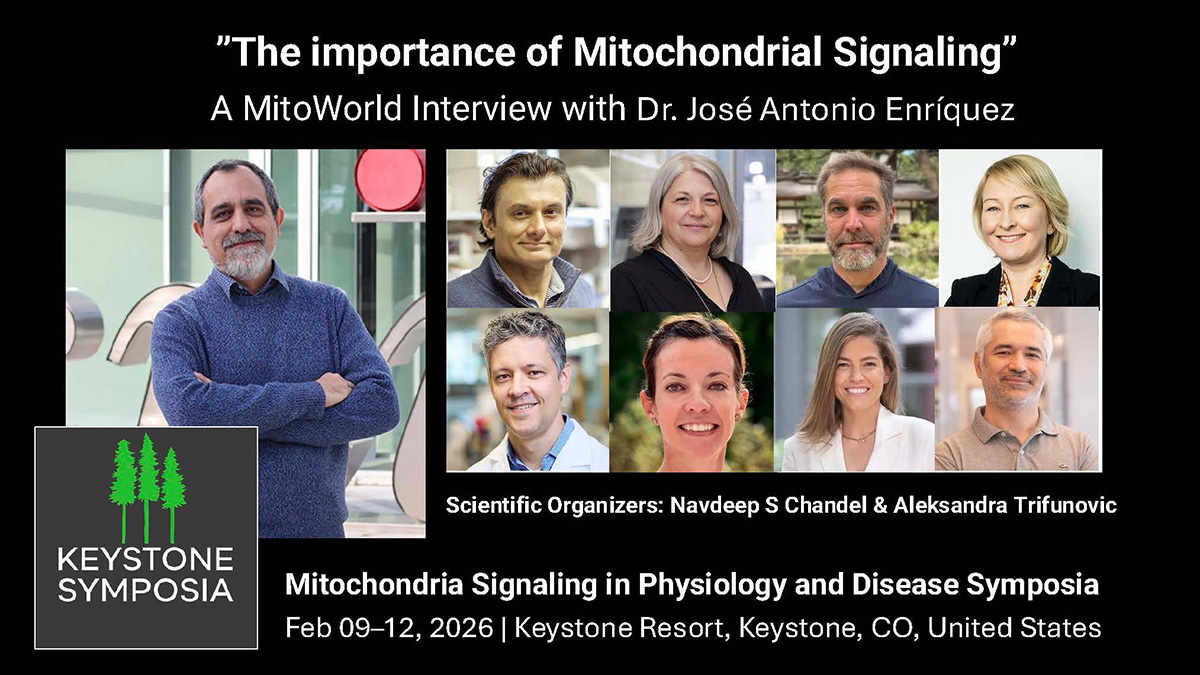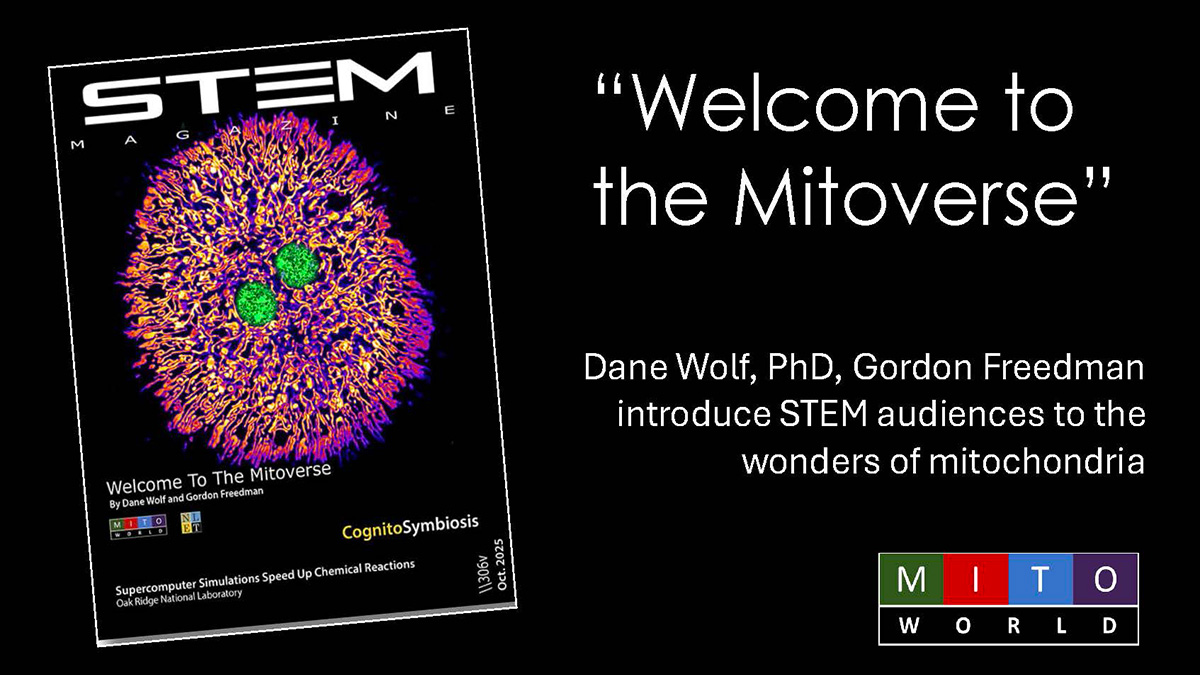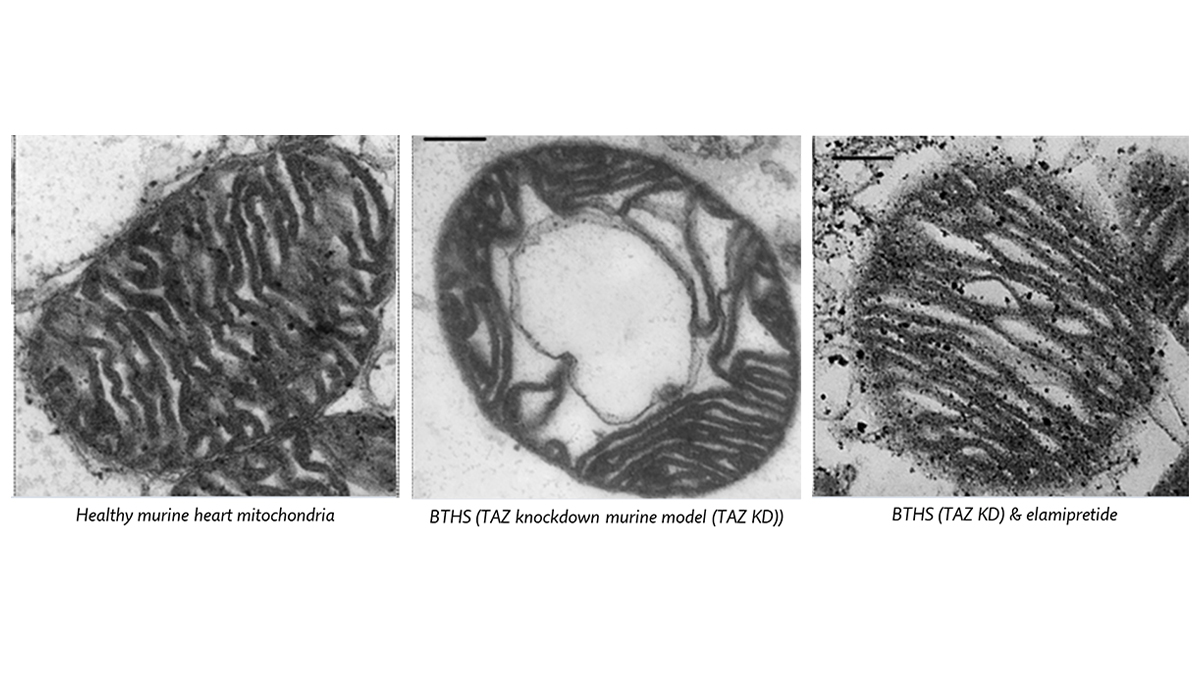
“Cryptic” Mutations in Mitochondrial DNA Correlate with Aging
In a recent paper published in Nature Communications, a research team led by Nick Jones at Imperial College London explored the relationship between mutations in mitochondrial DNA and aging. More specifically, they examined “cryptic mutations” that are somatic mtDNA mutations unique to single cells in the sample.
The team accessed publicly available sequencing of the nuclear and mtDNAs of 140,000 individual cells from four mammalian species and seven tissues. Both DNA types show increased numbers of mutations with aging. As assumed, the increase in nuclear DNA mutations was linear. However the mtDNA showed a nonlinearity. In fact, the number of mutant genomes in a cell reached high levels around the time when the effects of aging are seen in humans. Although these results are surprising, they are also consistent with previous studies that show that mice with more rapid rates of mtDNA mutation age more rapidly.
They also noted that the rise of mtDNA mutations correlates with key aging manifestations, such as protein misfolding, endoplasmic reticulum stress, and markers of neurodegeneration.
Conversation with Dr. Alistair Green and Prof. Nick Jones
MitoWorld: These are intriguing results. Others have suggested that infusions of healthy mitochondria into cells would have therapeutic benefits. Might they also slow the aging process?
Jones: This could be a fertile direction to pursue, though there is not much evidence that large amounts of mtDNA are transferred into cells.
MitoWorld: Mitochondria are associated with many key cellular functions, but they have genes for little more than energy production. Can you speculate on the mechanism that links these mutations to aging? Could it be as simple as the loss of ability to produce energy, or is there more?
Green: Loss of energy production is definitely the leading order concern, but there are other mechanisms that could be at work. Mito-nuclear mismatch has been known to impair function, and we see a stress response in cells carrying cryptic mutations. If mutant mtDNA is released into the cytoplasm this could also be causing this stress response.
MitoWorld: Your results seem to correlate with caloric restriction as a mechanism to slow aging. Interestingly, that would seem to lower available energy levels. Can you comment on that seeming contradiction?
Green – While severe caloric restriction can lower energy levels, the opposite is true for mild restriction. Mitochondria can become more efficient and crucially for our model, cells can switch on mitochondrial biogenesis, increasing the number of mitochondria in cells. This increase in copy number is what our model predicts would slow the ageing we observe.
MitoWorld: Could there be some “cryptic” signaling between the mtDNA and nuclear DNA to account for this correlation?
Jones: Trying to establish just what is causing the correlation is definitely the focus of future work. Some signaling between nuclear DNA and mitochondrial DNA is definitely one avenue of investigation.
MitoWorld: Did you find any particular mtDNA mutation that seemed to stand out or were they more or less equally distributed?
Green: They are fairly evenly distributed across the genome, excepting the known mutational hotspot by the origin of replication. The lack of selection we see would support that cells have a hard time identifying mutations in any particular region that they might be less tolerant to.
MitoWorld: What do you see as the next steps in this research?
Jones: We would like to corroborate these effects in more proliferative cell types.
MitoWorld: How did a mathematician become interested in mitochondria?
Jones: There are multiple copies of mtDNA in a cell and the fluctuations in that number, and the number of mutations they contain, is quantifiable and presents tricky mathematical challenges. Simultaneously the products of this single quantifiable entity have wide-reaching cell physiological effects: this is thus a setting where bringing together stochastic modelling, inference, informatics and experimental design can yield transformative insights.
MitoWorld: Another recent paper reports on mtDNA mutations and aging (Wang, Z., Li, Z., Liu, H. et al. Mitochondrial clonal mosaicism encodes a biphasic molecular clock of aging. Nat Aging (2025). https://doi.org/10.1038/s43587-025-00890-6). Do you have any thoughts on that paper?
Jones: This recent interesting paper is based on using bulk-RNA seq — our paper first appeared on bioRxiv two years ago and is focused on single cells and thus gives a direct insight on the process at hand.
Reference
Green AP, Klimm F, Marshall AS, Leetmaa R, Aryaman J, Gomez-Duran A, Chinnery PF, Jones NS (2025) Cryptic mitochondrial DNA mutations coincide with mid-late life and are pathophysiologically informative in single cells across tissues and species. Nat Commun 16: 2250. https://doi.org/10.1038/s41467-025-57286-8






